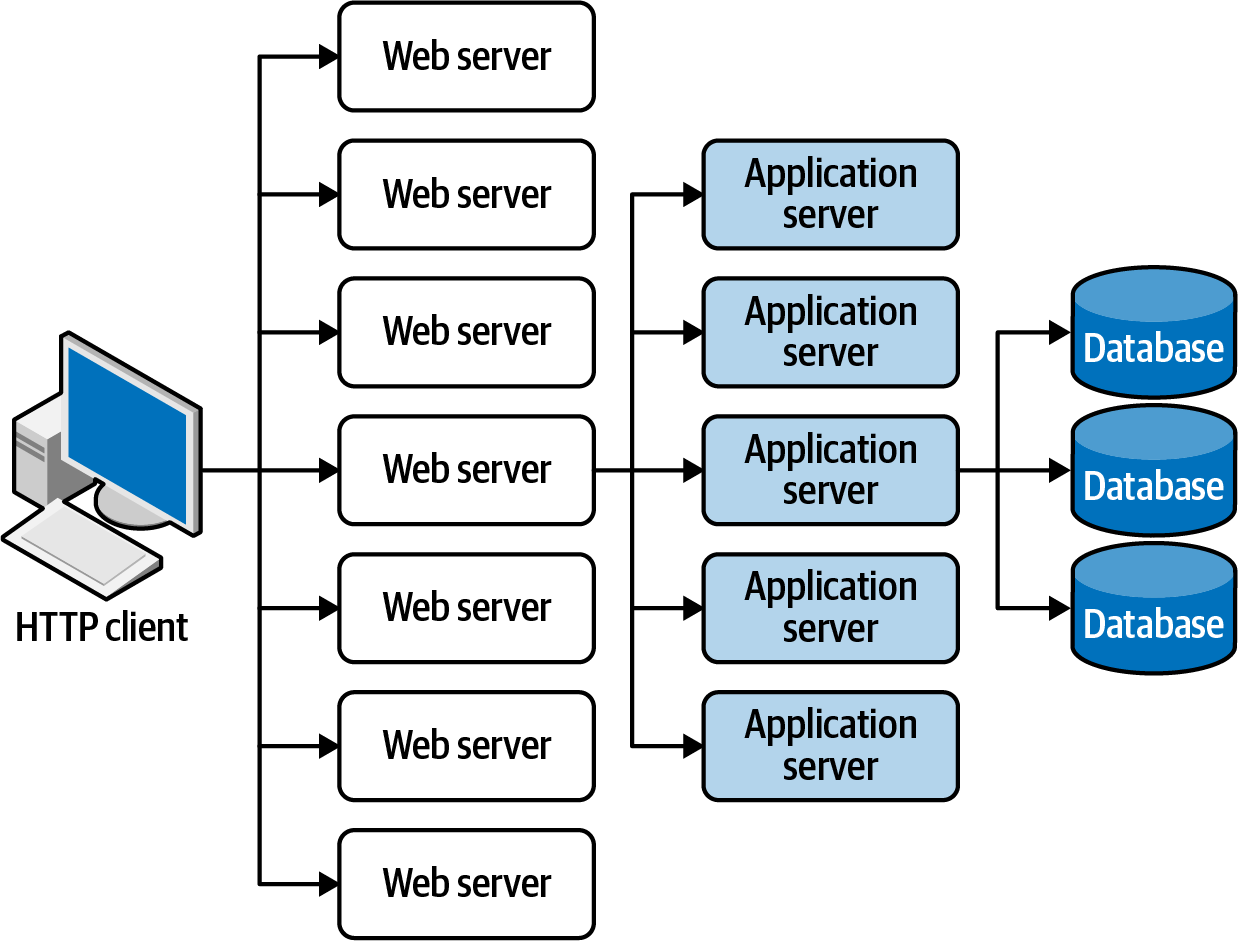Chapter 7. Space-Based Architecture
Most web-based business applications follow the same general request flow: a request from a web browser is received by a web server, then an application server, then finally a database server. While this type of request flow works great for a small number of users, bottlenecks start appearing as the user load increases, first at the web server, then at the application server, and finally at the database.
The usual response to bottlenecks based on an increase in user load is to scale out the web servers. This is relatively easy and inexpensive, and sometimes works to address some bottleneck issues. However, in most cases of high user load, scaling out the web servers just moves the bottleneck down to the application servers. Scaling application servers can be more complex and expensive than web servers, and usually just moves the bottleneck down to the database, which is even more difficult and expensive to scale. Even if you can scale the database, what you eventually end up with is a triangle-shaped topology shown in Figure 7-1, with the widest part of the triangle being the web servers (easiest to scale) and the smallest part being the database (hardest to scale).

Figure 7-1. The database is usually the ultimate bottleneck for highly scalable systems
In any high-volume application with an extremely large concurrent user load, the database ...
Get Software Architecture Patterns, 2nd Edition now with the O’Reilly learning platform.
O’Reilly members experience books, live events, courses curated by job role, and more from O’Reilly and nearly 200 top publishers.

